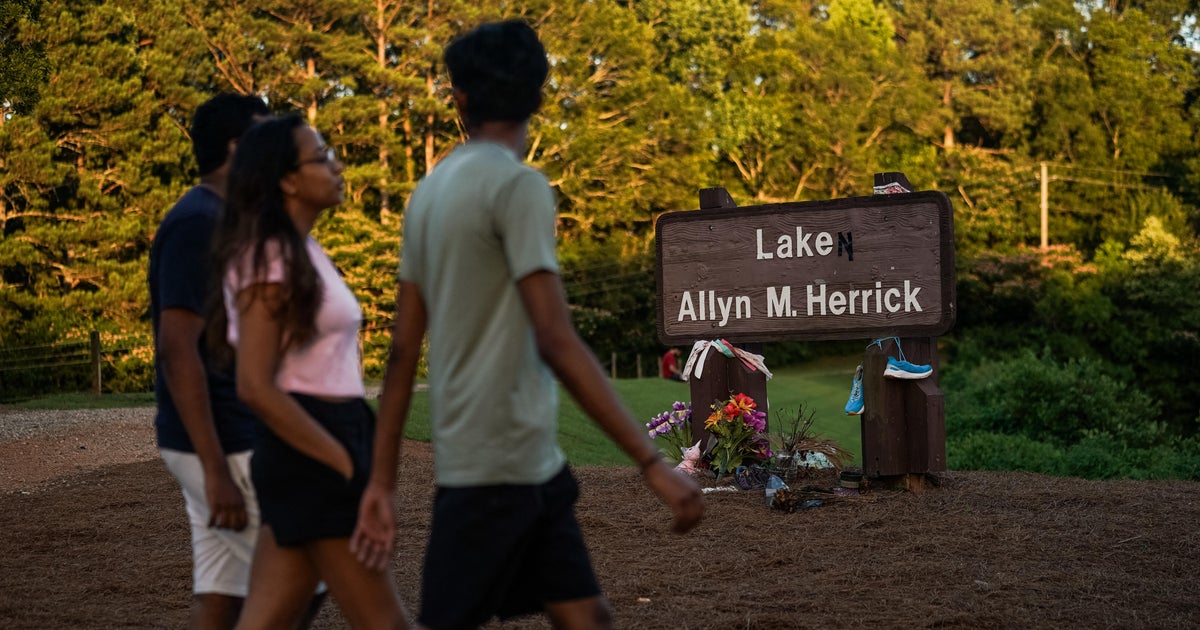As California wildfires rage, is this the new normal?
Governor Gavin Newsom declared a statewide emergency last week as several wildfires raged across California and forced about 200,000 residents to evacuate. This year's wildfires mark the latest episode in an alarming trend — fires in the state are growing more dangerous than ever before.
"We're now, every year, seeing fires … that are becoming more and more extreme. We had five years of drought. The vegetation is just — it's critically parched. Our temperatures, the mean temperature in the state, is going up. And so these are all factors that are just really a combination of things that are driving very extreme events," Ken Pimlot, former chief of the California Department of Forestry and Fire Protection, told 60 Minutes in an interview last year.
Our team traveled to Paradise, California last November to report on the Camp Fire, the deadliest wildfire in the state's history. A few hours after it started, the fire razed almost 19,000 buildings, businesses, and homes. The local population evacuated in panic. Many residents died in a traffic jam, trapped helplessly with no way to outrun the encroaching flames. Eighty-five people were killed.
"It was outrunning us before we even knew we were in a race or what direction the race was going to take us," said Butte County Sheriff Kory Honea of the Camp Fire. "And as the fire grew closer, there was this real sense of it being hell on earth."
The fire burned so intensely, the remains of many victims couldn't be identified with conventional methods, like fingerprints or dental records. Local law enforcement officials who oversaw the search and recovery effort had to turned to a new, rapid DNA victim identification process that had never been used in a mass casualty event.
Chief Pimlot told 60 Minutes that wildfires as intense as the Camp Fire might be the new normal for the state. "These fires are showing no sign of letting up. There's no reason for them to stop based on the conditions that we're seeing," he said.




